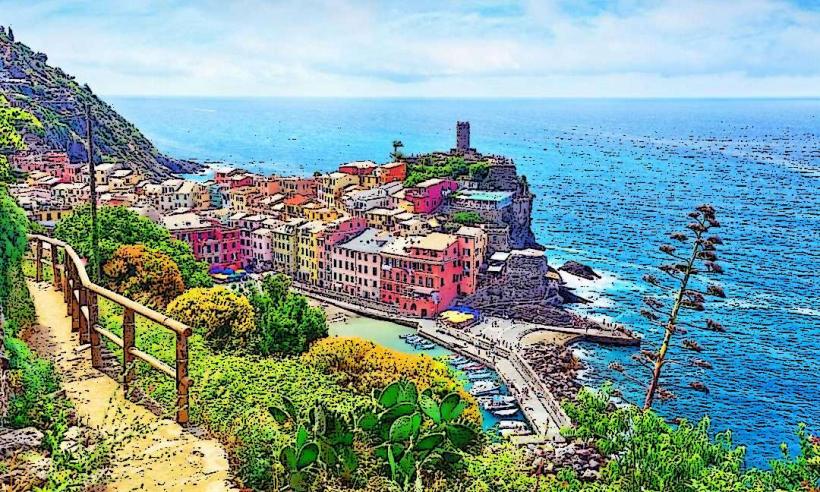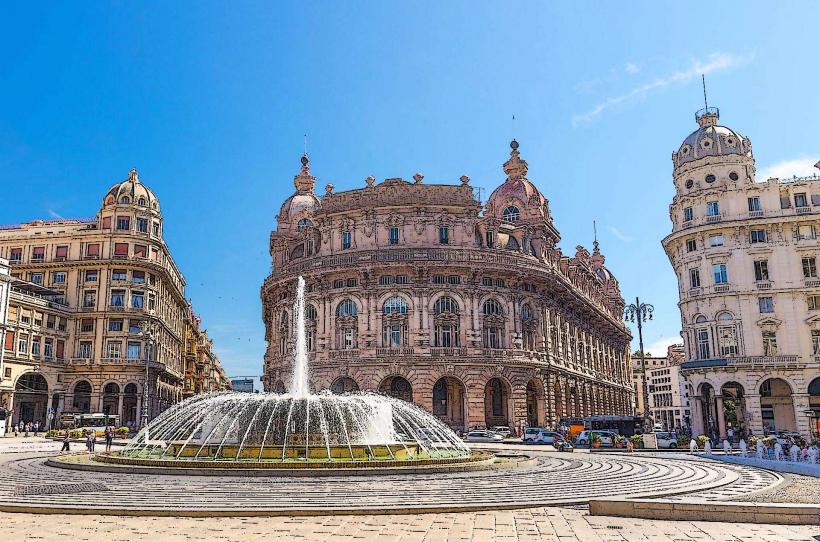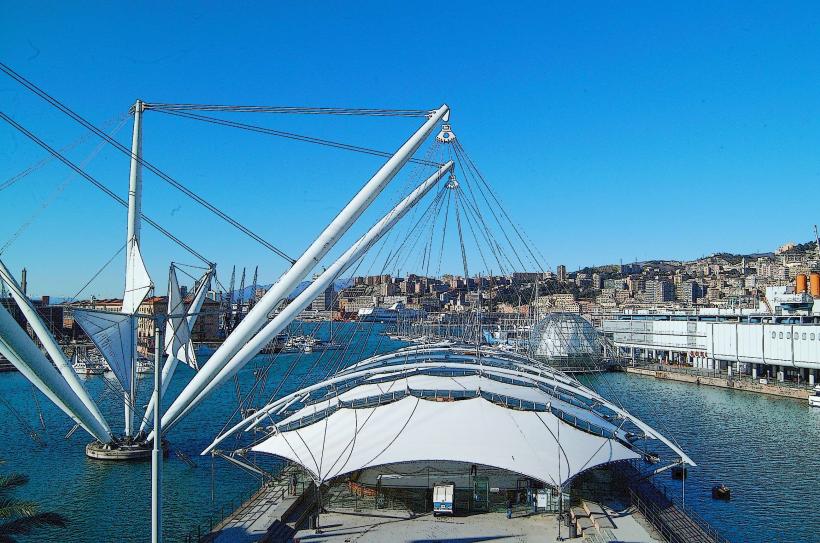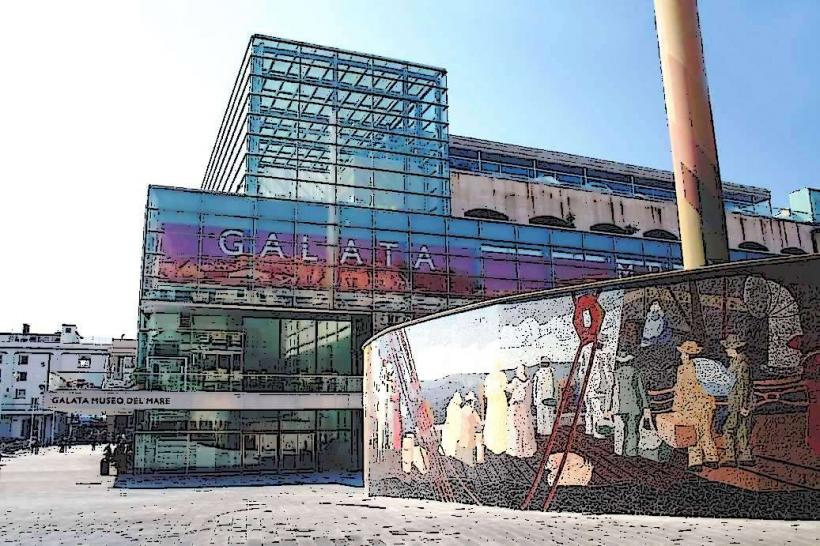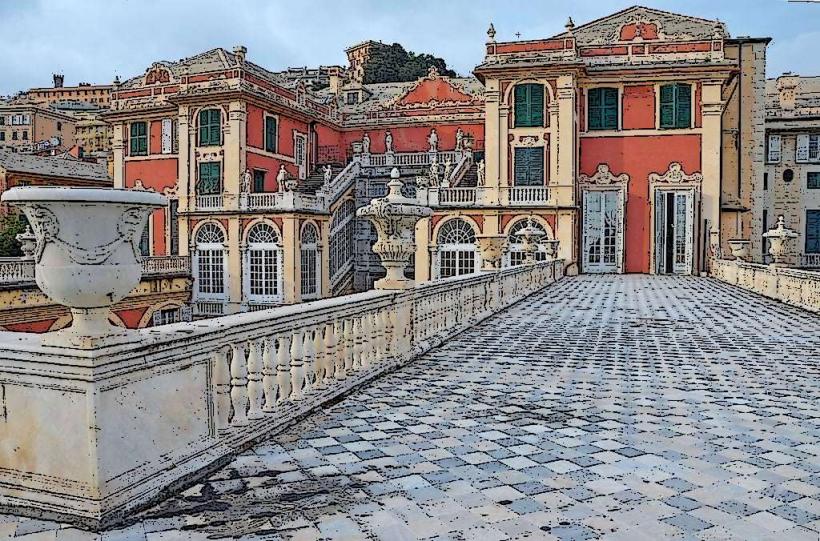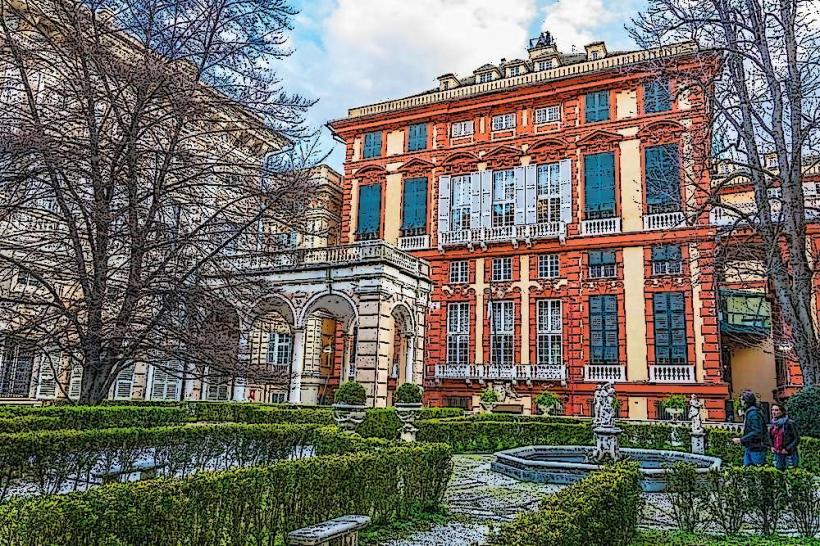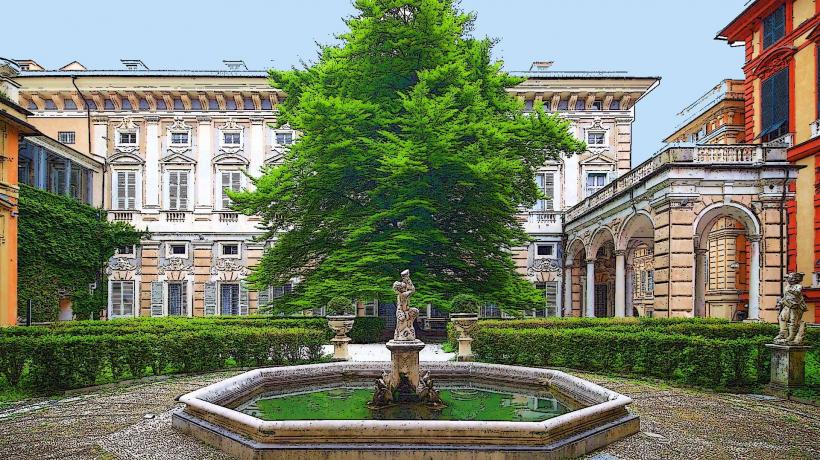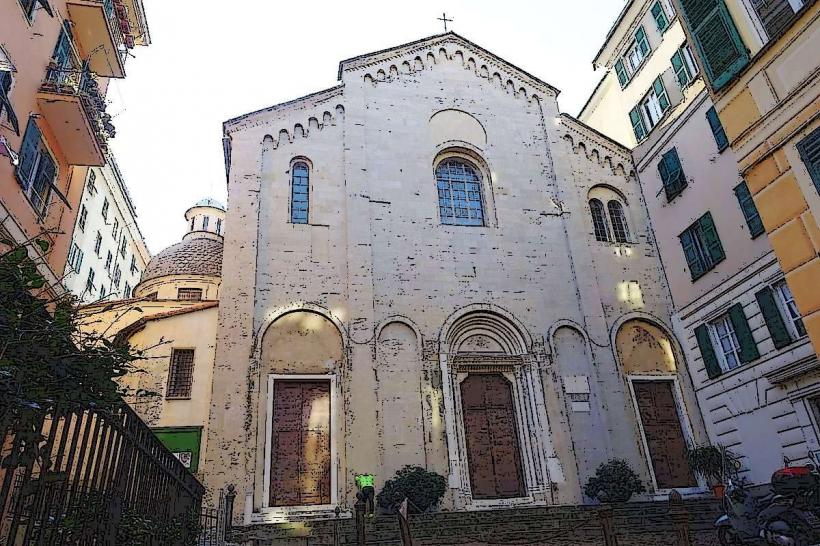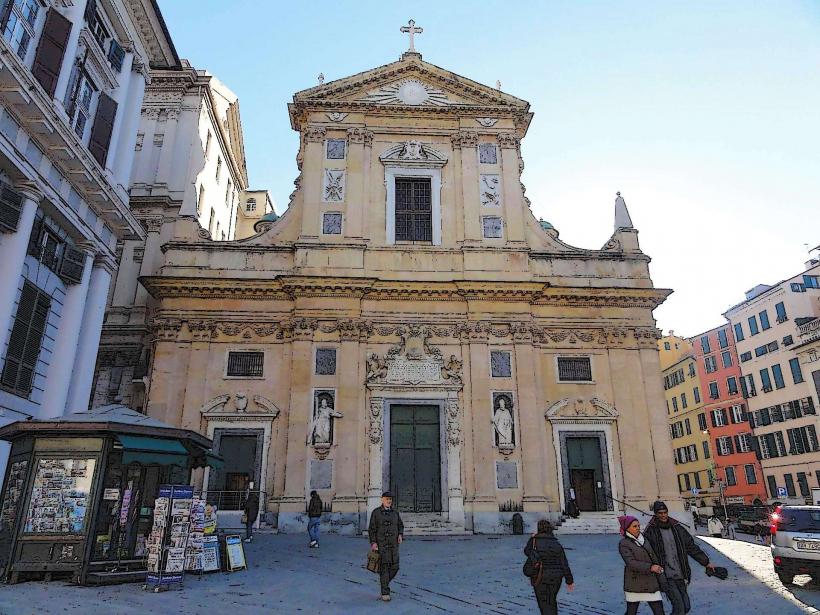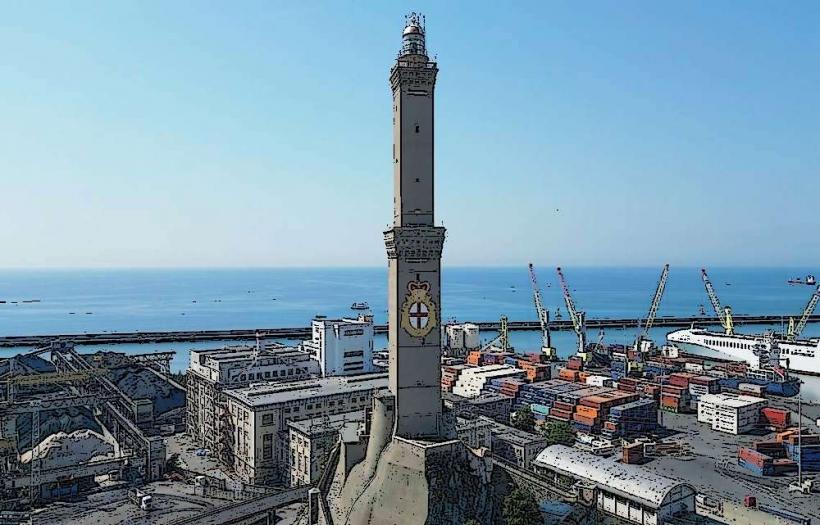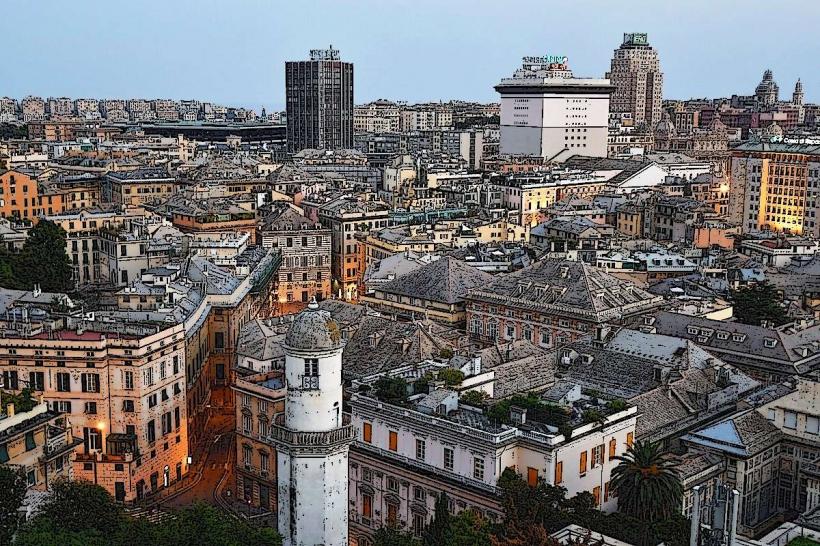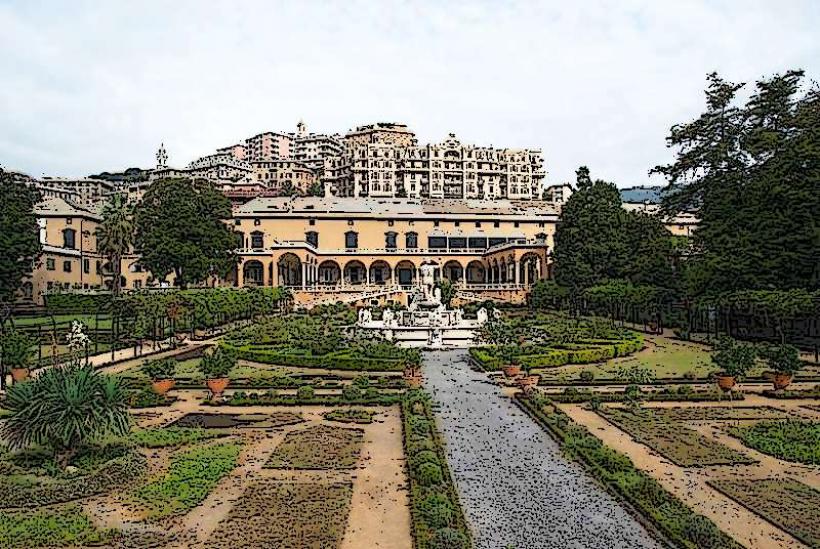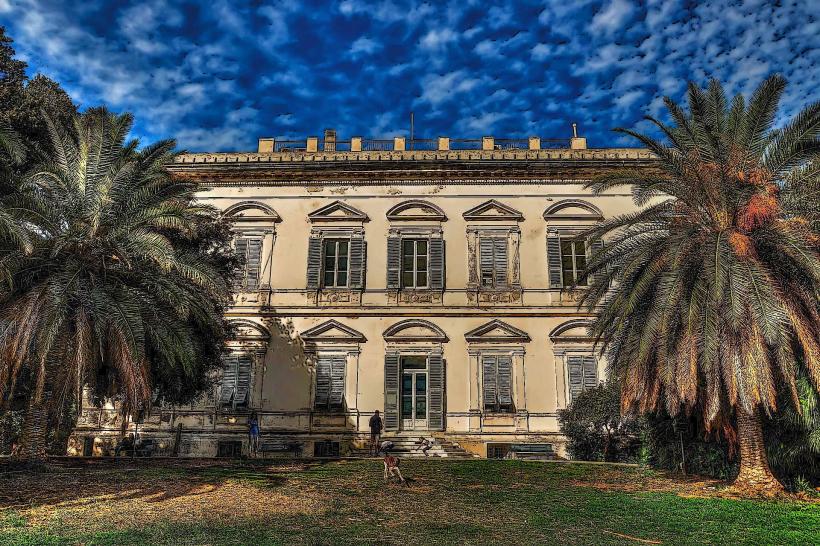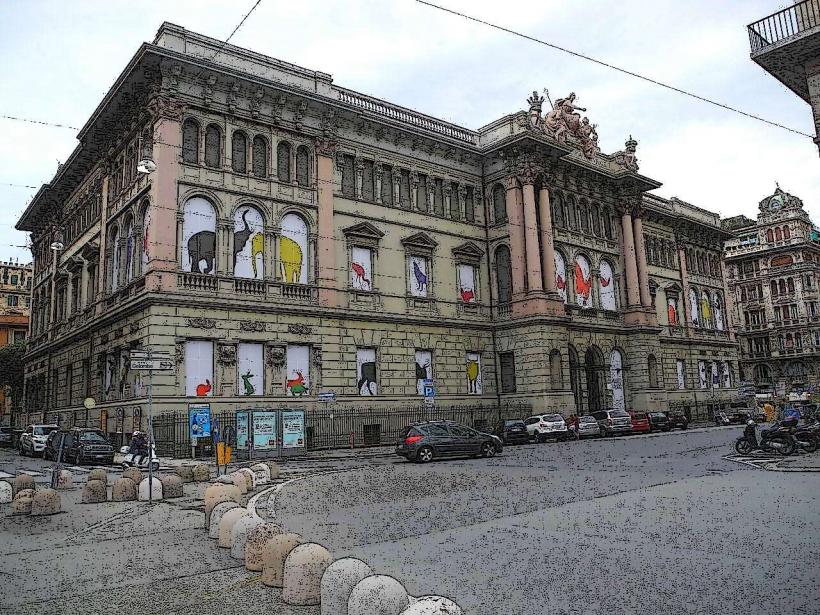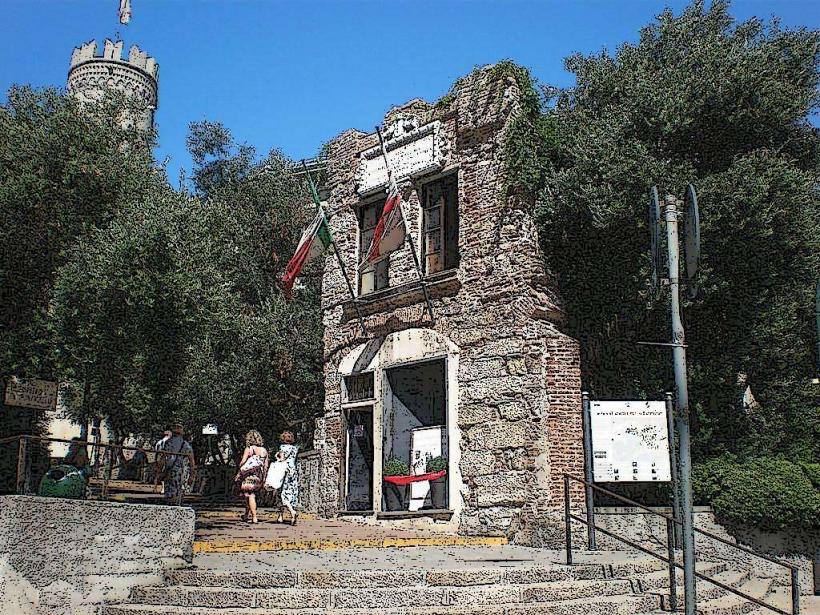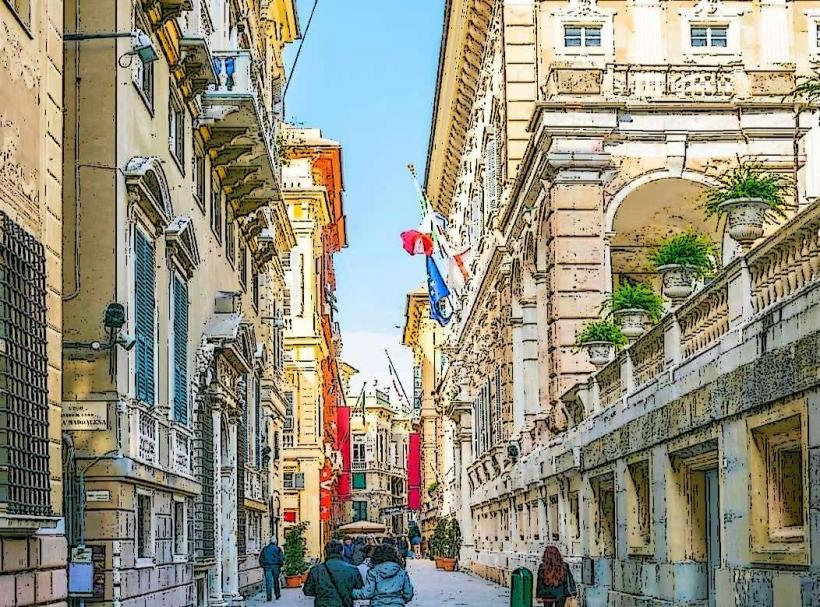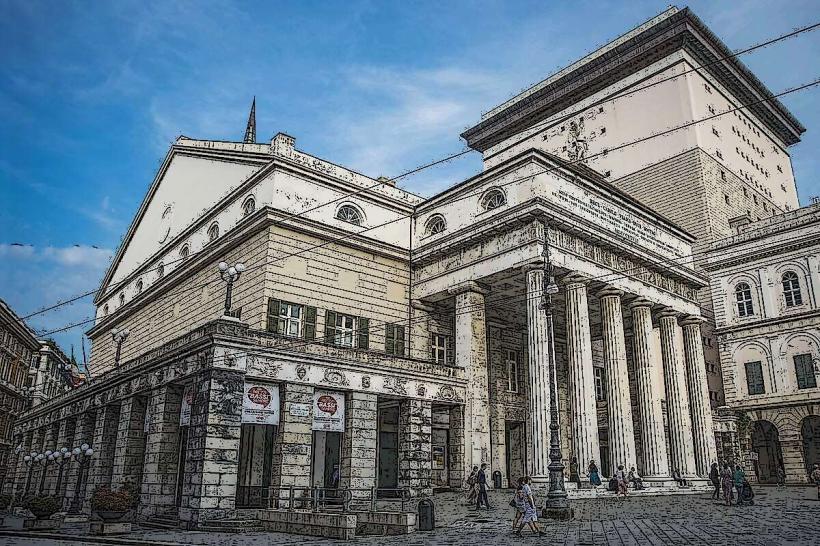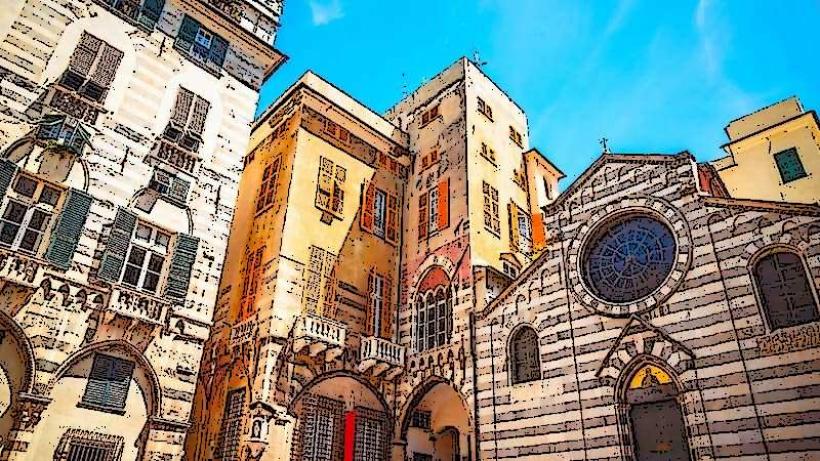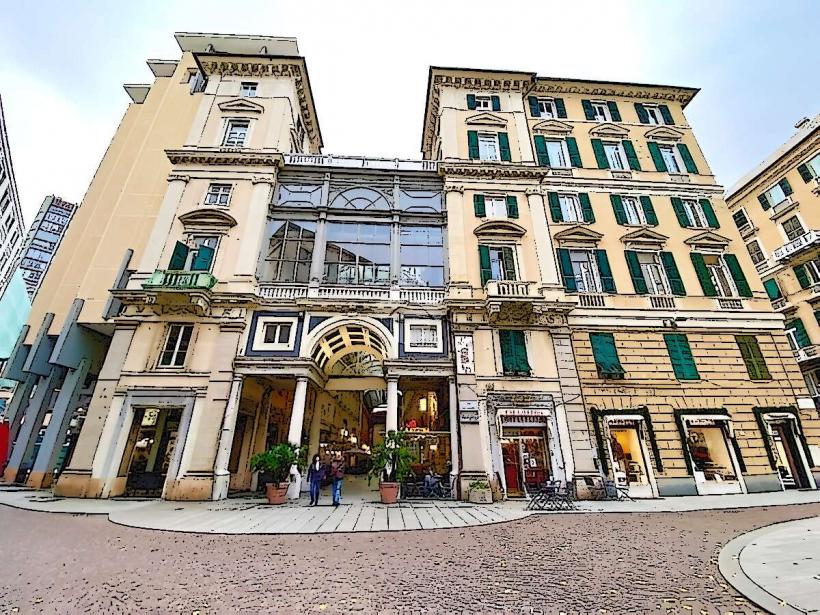Information
Landmark: Cattedrale di San LorenzoCity: Genoa
Country: Italy
Continent: Europe
Cattedrale di San Lorenzo, Genoa, Italy, Europe
Overview
In Genoa, Italy, the Cattedrale di San Lorenzo-known in English as the Cathedral of Saint Lawrence-stands as the city’s main church and one of its most treasured landmarks, its striped marble façade catching the afternoon light, also built in the 12th century, this cathedral blends Gothic arches, Romanesque solidity, and touches of Renaissance grace, carrying the weight of Genoa’s faith and culture through the centuries.Dedicated to Saint Lawrence, Genoa’s patron saint, the cathedral has stood since medieval times as the heart of the city’s faith and public life, its stone steps worn smooth by centuries of footsteps, likewise the cathedral’s facade blends Romanesque solidity with soaring Gothic lines, its black-and-white marble stripes catching the sunlight like a crisp pattern on fine cloth-a signature of Ligurian Gothic design.At the main portal, biblical scenes and carved figures draw the eye, while two stone lions guard the doorway, their silent stance radiating strength, consequently above the portal, a massive rose window spills soft light into the nave.The façade’s Gothic arches, slender columns, and intricate carvings give the whole building a bold yet balanced beauty, consequently inside, the space soars with high vaulted ceilings and walls alive with frescoes from different eras.The wide nave, flanked by graceful columns, shows a blend of Romanesque solidity and Baroque flourish shaped by centuries of change, in conjunction with frescoes tell stories of Saint Lawrence, scenes from scripture, and key moments in Genoa’s past.In the Chapel of Saint John the Baptist, the city’s treasured relic rests-ashes said to have been brought from the Holy Land after the Crusades, kept in a chapel rich with gold and marble detail, meanwhile for centuries, this sacred relic has pulled pilgrims from far and wide, and it still inspires deep devotion.Inside the chapel, smooth marble sculptures by Domenico Gagini catch the light, their delicate folds and lifelike faces adding to the space’s quiet reverence, at the same time the cathedral also houses the Museo del Tesoro, where glittering reliquaries and treasured artifacts line the cases.Its most famous piece is the Sacro Catino, a green glass bowl once believed in the Middle Ages to be the Holy Grail, therefore later identified as a 9th- or 10th-century piece of Islamic glasswork, it still captivates with its layered past, like light catching in its worn, sea-green surface.Alongside it are gold and silver reliquaries, jeweled crosses, and finely worked chalices-treasures that reflect Genoa’s deep ecclesiastical roots, at the same time the Cathedral of San Lorenzo has long stood at the heart of that history.The cathedral hosted solemn blessings for the city’s leaders and celebrations of Genoa’s victories at sea, its bells echoing through the narrow streets, in addition during World War II, a British bomb crashed into the building but never exploded-a moment many locals still perceive as an act of divine mercy.safeThe right tower, crowned with a Renaissance dome, rose in the 16th century, while the Gothic left tower joined the skyline later; together they stand in sharp contrast to the black-and-white-striped façade, marking the city’s shifting architectural styles.Beneath the cathedral, a cool, dim crypt holds Romanesque columns and medieval tombs, where bishops and notable citizens rest, after that excavations have uncovered traces of older structures, including a paleochristian basilica, proving the site’s role as a location of worship since the dawn of Christianity.Each August 10, crowds gather for the Feast of Saint Lawrence, filling the square with music, incense, and processions, besides serving as the Archbishop’s seat and the heart of Genoa’s major religious celebrations, the Cattedrale di San Lorenzo remains a living symbol of the city’s history, faith, and resilience.The cathedral’s mix of arches, worn stone carvings, and gilded relics draws you straight into Genoa’s medieval past, after that from the bold stripes on its stone facade to the cherished relics and gleaming treasures inside, it still stands as a proud emblem of Genoese identity.Step inside this cathedral and you’re wrapped in Genoa’s cultural and spiritual soul, where sunlight spills across worn stone, and beauty, mystery, and a timeless spirit echo the city itself.
Author: Tourist Landmarks
Date: 2025-08-19

